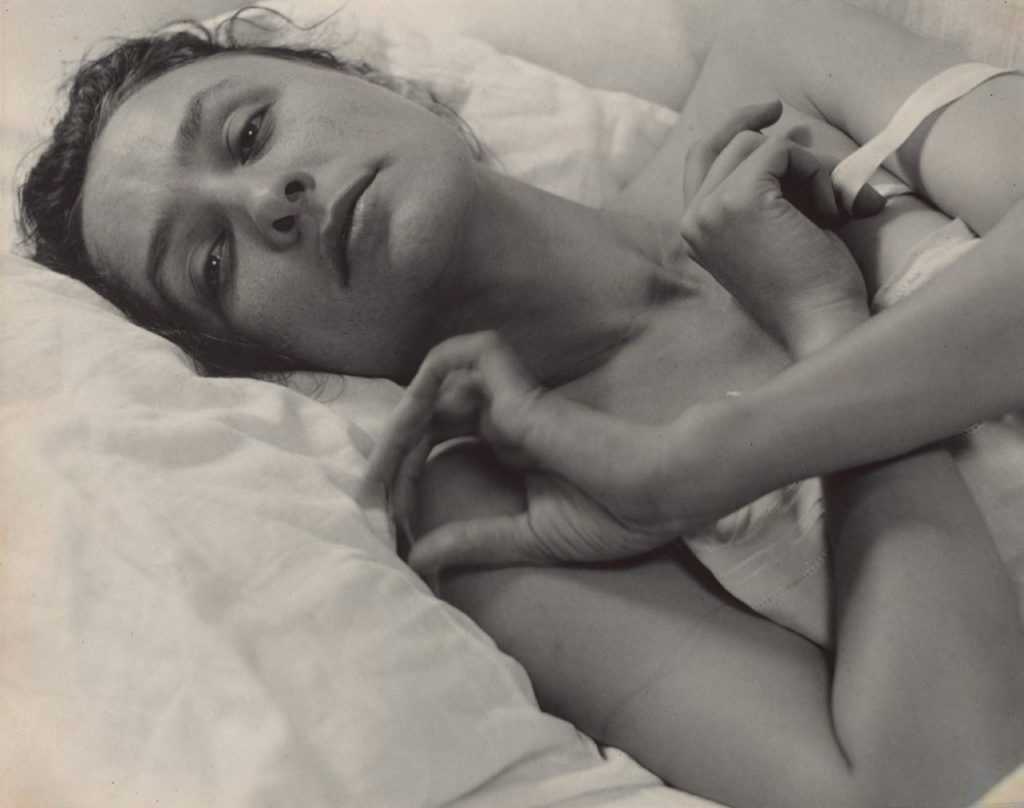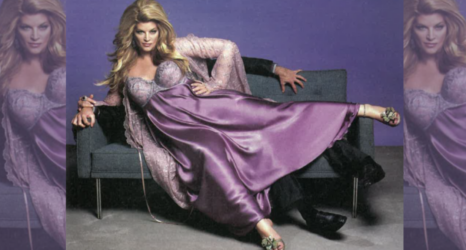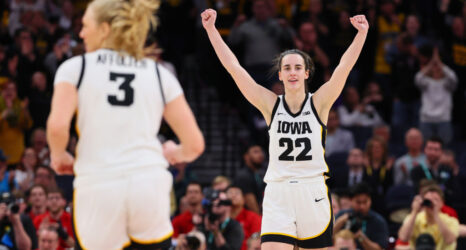
When my son was small, I took him with me into the women’s locker room at the pool. I didn’t give much thought to my nudity as we changed into our bathing suits each week—not until the day he turned to me and furrowed his three-and-a-half-year-old brow.
“How come you don’t have those sticking-out things on top like the other moms?”
The innocence of his question made me laugh with delight. Then it struck me: I wasn’t a Mom-blob anymore. I’d come into focus, become visible.
In a world that judges us by how we look, being visible is a risk; that’s true for the beautiful as well as the plain. The beautiful woman wants to be seen as a person and not merely an object of admiration, envy or lust. The plain woman—when she’s noticed—wants to be seen more deeply too. To be seen is to exist.
As women, we work hard to manage how we’re seen. Hair, makeup, clothes, teeth. To bare oneself, without props, is to offer the gift of one’s most intimate self. That’s why there’s such a sense of violation when someone sees us without our permission. The door we thought we’d locked, flung open by a stranger while we’re getting dressed. The “wardrobe malfunction,” the photo we didn’t realize was being taken, the person who intrudes on a private moment. We want to choose when to reveal, as well as to whom.
Choice helps us control the acute vulnerability that nakedness brings. Without adornment or selective concealment, it’s just—me, stripped of pretense or “explanation.”
When my three-and-a-half year-old son asked his innocent question, it was endearing, not threatening. He was perplexed, that’s all. But in another context, asked by a lover or potential lover, the question would have had quite a different impact, even though—mostly—I was comfortable with my slender frame.
How come you don’t have what the other women have is about as awful a question as I can imagine. How come your body isn’t good enough?
If I don’t let you see it, you won’t be able to know.
We guard our nakedness. Partly, it’s because we’ve internalized cultural norms about propriety. And partly it’s because we’re afraid of being judged. What if my body is deficient? Not thin enough, voluptuous enough, something enough. That means: What if I’m deficient?
The most intense passion or the kindest lover—or the assumption, as I had in the locker room, that no one would really look at me—can distract us from that fear, yet it waits, ready to surface.
A friend of mine, Felicia, put herself through graduate school working as a stripper. Given her unusual experience, I wondered what she thought about nudity, visibility and the self.
Here’s what she told me:
“I’d done nude modeling for art classes in college, so I’d learned to let go and separate myself from the image they were drawing. I was just a body, a form. It didn’t seem personal—which was better for me, since I’d always been very self-critical about my body. Even when I applied for the job as a stripper—and I didn’t realize, at first, what the job was actually about—my first thought was, ‘You’re not going to want me, my body isn’t good enough.’
“Then, when I started going on the calls—corporate and private parties, mostly—something life-changing happened. I really thought everyone was going to laugh at me, criticize me, shoo me away, but no one ever did. I discovered that it didn’t matter what my body looked like. It was how I was, in my body, with my body.
“There’s an unspoken agreement with the client, as if I’m telling him: ‘You are the most important person in the world right now, and I am willing to reveal everything, just for you. Only for you.’
“It gave me a sense of enormous empowerment. I was in control, in charge of their excitement—on my terms. They were in the throes of a fantasy but I was there, in reality. It gave me a strength I’d never had. I never judged my body again, after that.”
For Felicia, nudity brought power, not vulnerability. And yet her journey to that power came through facing, and then renouncing, the deep conviction that her body was inadequate. Knowing that her body was sufficient allowed her to know that she herself, Felicia, was sufficient. Worthy of respect.
A very different experience than the dissociation she’d experienced while posing nude for the art students. There, she was no different than an apple or a vase. No vulnerability, no real exposure of the self, and no consequent empowerment.
Listening to Felicia, I couldn’t help thinking of Georgia O’Keeffe and the nude photos that Alfred Stieglitz—her lover and, later, her husband—took of her. In them, O’Keeffe looks right into the camera, offering her nakedness. Unsmiling, unapologetic, without a hint of artifice. It is her in the photo, and no one else.

Of course, it’s hardly fair to compare O’Keeffe to a stripper or art school model. O’Keeffe was posing for a portrait, so the more she could embody her unique self, the better. In contrast, the purpose of Felicia-the-art-school-model was to be no one in particular, merely an anatomical example—just as the purpose of Felicia-the-stripper was to enact a fantasy that had little to do with who she actually was.
Three ways of being naked, yet sharing the element of volition: The woman in each situation chose to bare herself and be seen. Nothing like the experience of women who were coerced, brutalized or had their clothes torn away.
Nakedness can mean so many things. It can be innocent or provocative, a symbol of degradation or an act of trust. Oddly, even though it’s our natural state, to be naked feels like stepping outside the order of things. We’re unaccustomed to being so visible.
That day in the women’s locker room, I told my three-and-a-half year-old son, “Everyone’s body is a little bit different. That’s part of what makes each of us so special.”
He accepted my answer. I’m still learning to.





